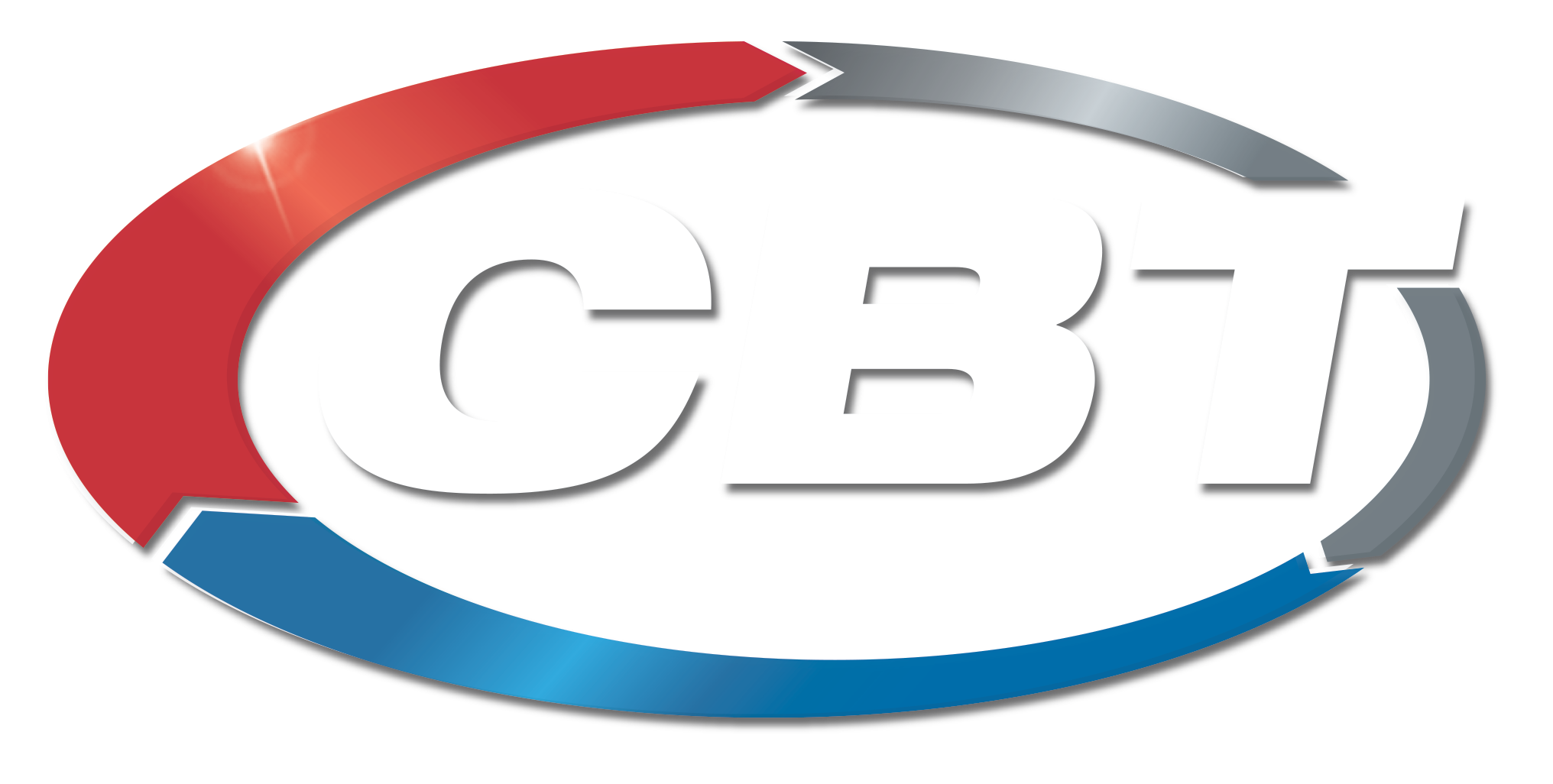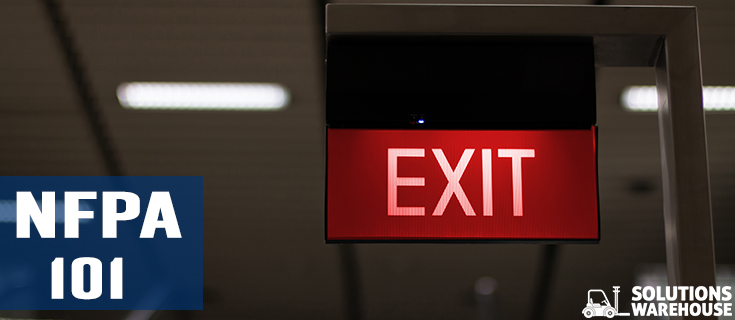Last week we covered the first five things you need to keep in mind when selecting the optimal emergency illumination fixtures for your facility. This week we will cover the final five tips to ensure your lighting is safe, functional, and compliant.
6. NPFA 101 7.8.1.4 states that required illumination shall be arranged so that the failure of any single lighting unit does not result in an illumination level of less than 0.2 ft-candle (2.2 lux) in any designated area. (Again, this applies to all lighting in the path of egress, not specifically fixtures designated for emergency lighting functions, so the lighting design needs to take this into consideration.) The IBC only makes reference to lighting-failure requirements for exterior landings of Group I-2 (institutional) occupancies where two or more exits are required (IBC Chapter 10-1008.2.2).
7. NFPA 7.9.1.3 says that where maintenance of emergency illumination depends on changing from one energy source to another, a delay of not more than 10 seconds shall be permitted. (While becoming increasingly less common, this is important if the lighting design includes high-intensity discharge (HID) lamps and sometimes fluorescent/compact fluorescent technology, as there is generally a lamp “warm-up” period before these sources reach their full output. “Hot restrike,” “standby,” and arc-maintaining power supplies for HID lamps and instant-start ballasts for fluorescent sources allow these source types to be used for emergency lighting, but the specification of these features has to be coordinated as a part of the lighting package.) The IBC does not specifically reference an acceptable delay time for emergency illumination.
8. NFPA 7.9.2.1 and IBC Chapter. 10-1008.3.4 require emergency illumination to be provided for a minimum of 1½ hours in the event of failure of normal lighting. Emergency lighting facilities shall be arranged to provide initial illumination that is not less than an average of 1 fc (10.8 lux per NFPA, 11 lux per IBC) and, at any point, not less than 0.1 fc (1.1 lux per NFPA, 1 lux per IBC), measured along the path of egress at floor level. A maximum-to-minimum illumination uniformity ratio of 40:1 shall not be exceeded. Both codes also permit the minimum illuminance level to decline to not less than an average of 0.6 fc (6.5 lux per NFPA, 6 lux per IBC) and, at any point, not less than 0.06 fc (0.65 lux per NFPA, 0.6 lux per IBC) at the end of 1½ hours. Storage batteries, unit equipment, or an onsite generator are acceptable means of providing emergency power per IBC Chapter. 10-1008.3.4 and NFPA 7.9.2.4, 7.9.2.5, and 7.9.2.6.
9. There are three acceptable methods of periodic testing of emergency lighting equipment permitted to be conducted per NFPA 7.9.3: functional (manual) testing, self-testing/self-diagnostic, and computer-based self-testing/self-diagnostic. (This goes for exits signs as well under NFPA 101.) IBC Chapter 10 does not specifically mention testing requirements. 10. IBC 10-1013 and NFPA-101 7.
10 cover the detailed requirements for exit signs including visibility, size, and power-source requirements for internally and externally illuminated signs in addition to locations where exit signage is required.
While it’s a good idea to reference the applicable code directly for specifics, keep this “cheat sheet” of code references handy to help with emergency illumination questions.
For further guidance and information on emergency illumination contact your CBT lighting specialist today! We provide turn-key lighting solutions and complete lighting assessments to optimize your plant’s lighting fixtures.













